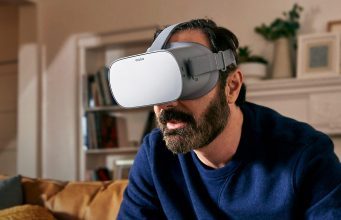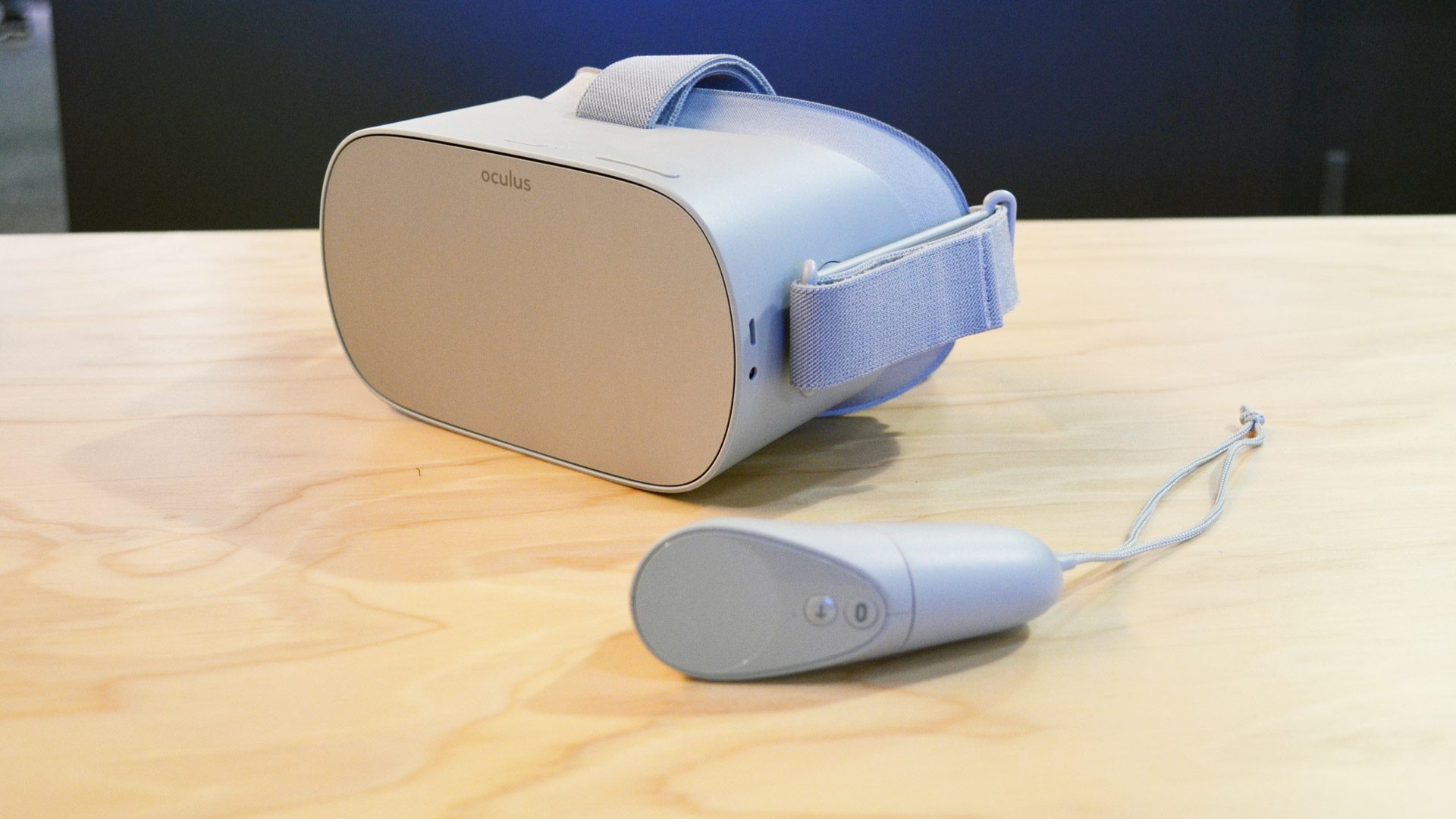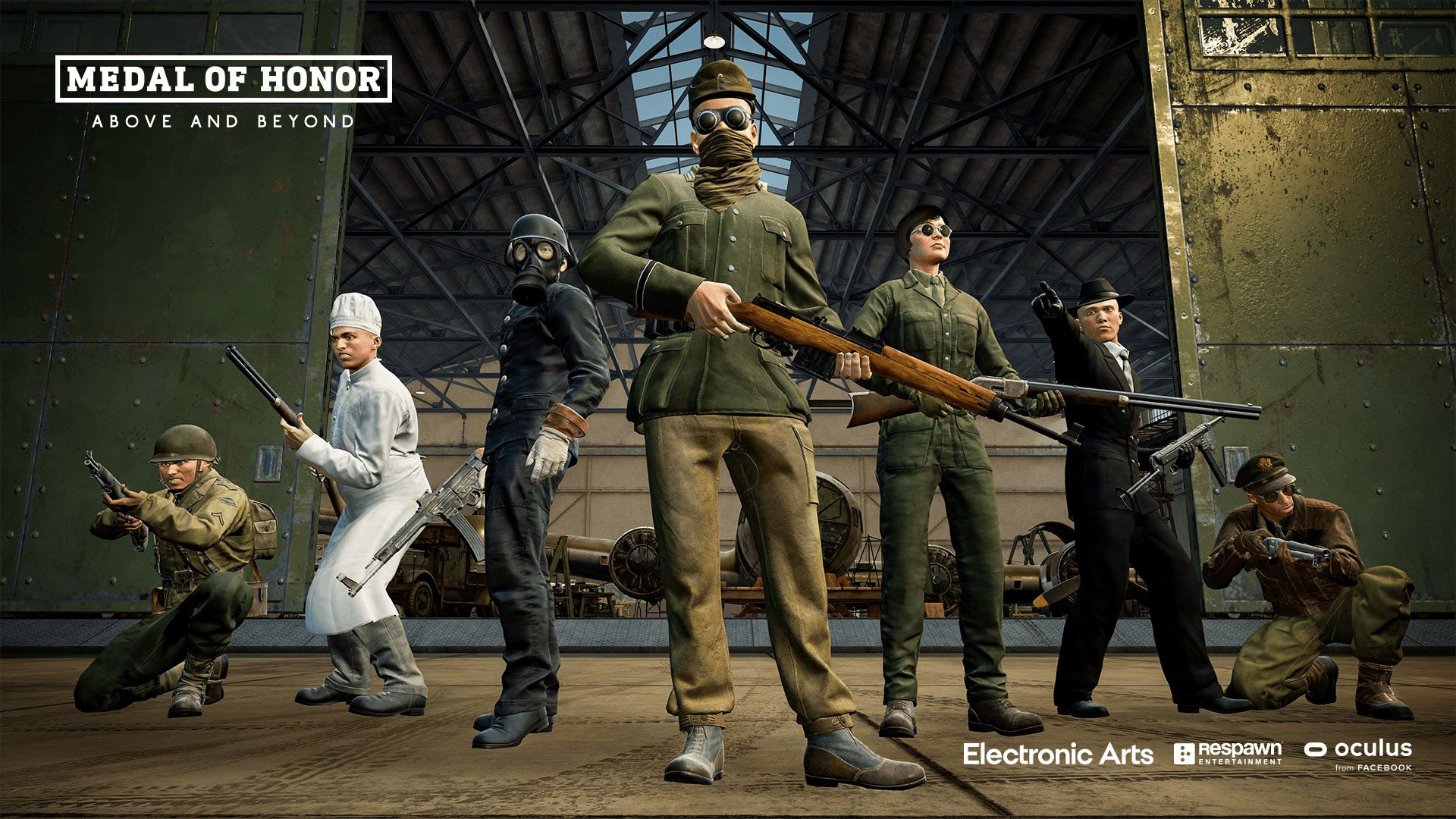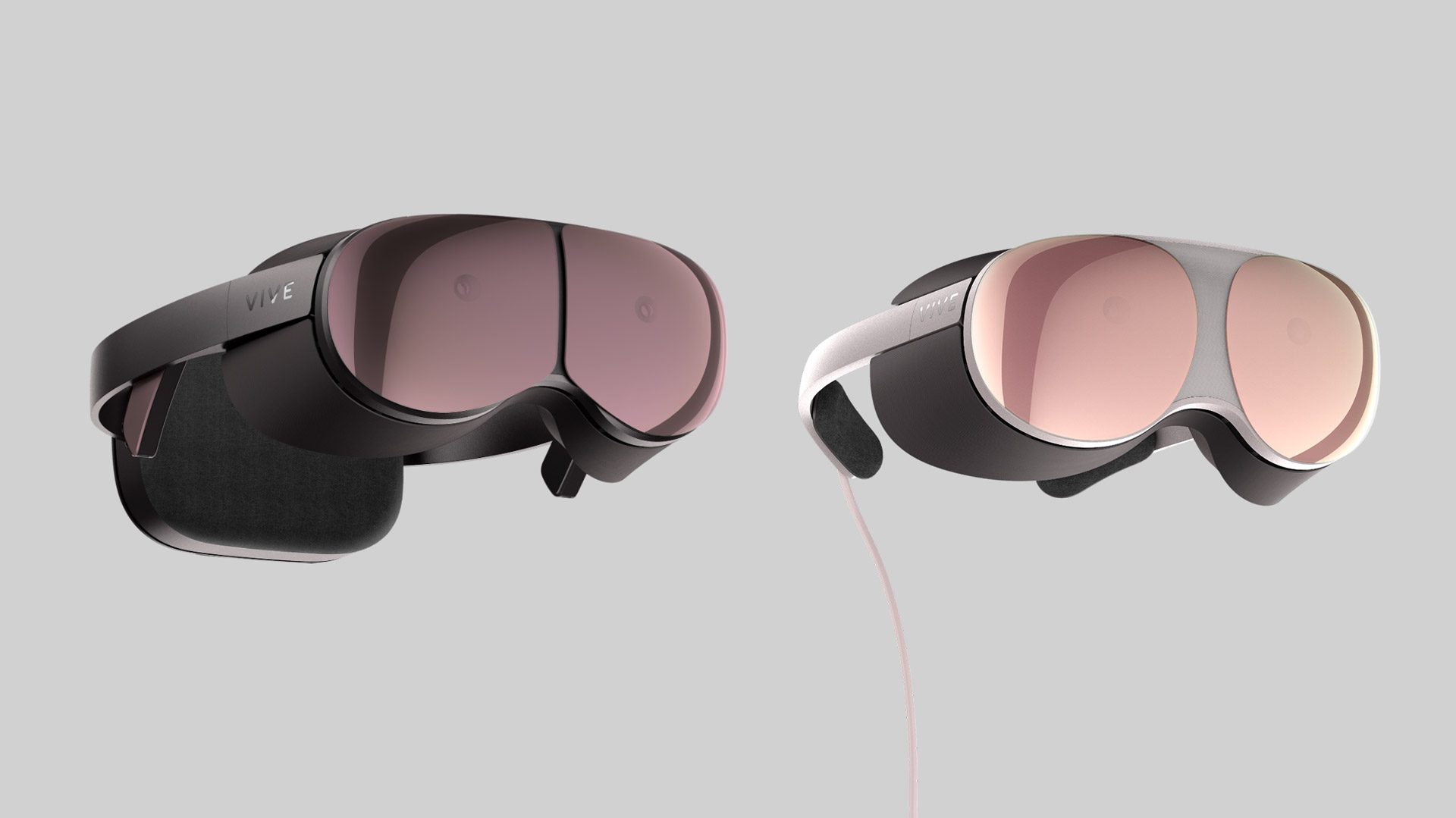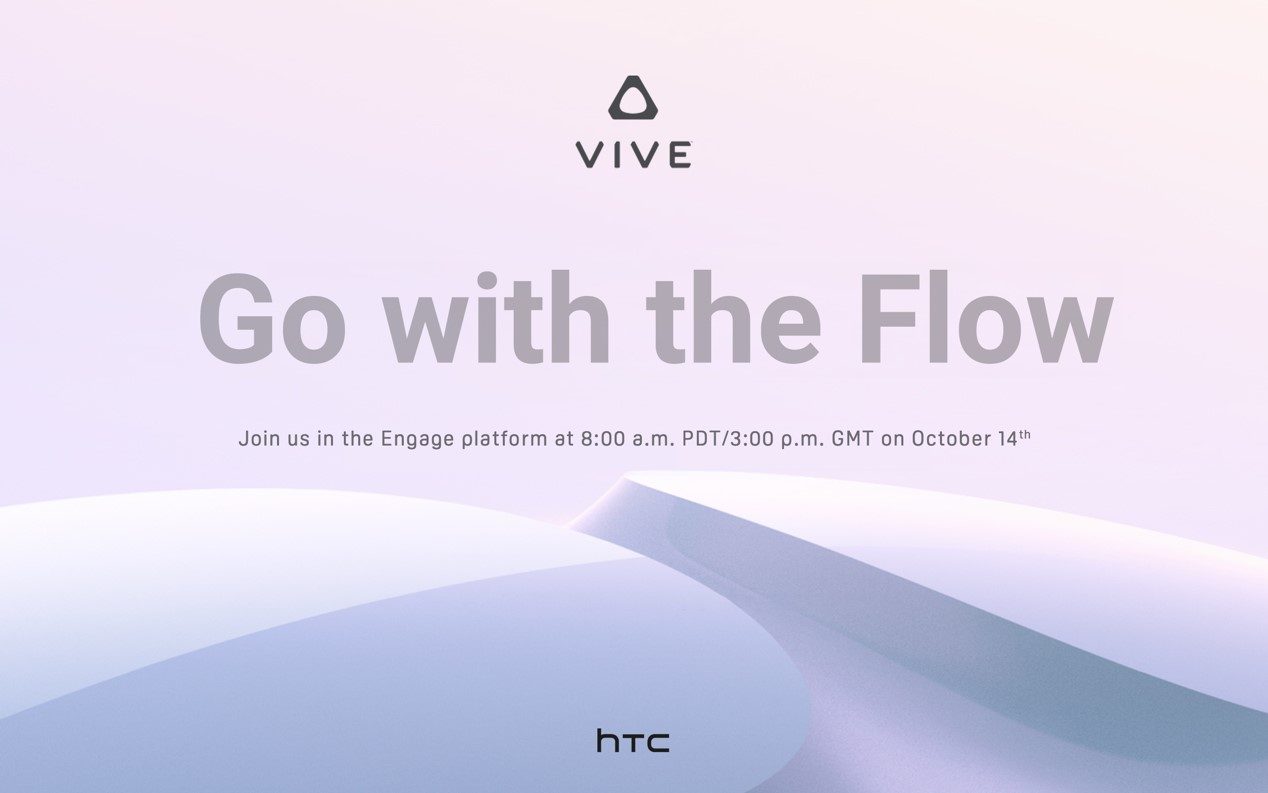A Blade and Sorcery Oculus Quest port may be on the cards, but it would likely be a Quest 2 exclusive.
A Quest version of the game was already outlined as a possibility on the evolving roadmap, though only under the ‘To be defined’ category. Even with that in mind, Reddit user RetroCodes claims to have recently asked developer WarpFrog if a Quest version of the game could still be on the cards. We’ve asked the studio to verify its answer but the team reportedly replied: “We don’t like to make promises, but [we] are looking into that.”
The message ends by noting that a possible port “would almost certainly need to be Quest 2 however.”
Blade And Sorcery Oculus Quest Port Might Happen
Again, we’re awaiting confirmation that this message is legitimate but, if true, the developer means that it likely wouldn’t be able to bring the game to the original Oculus Quest. We’re starting to see more and more VR titles leave the first (and significantly less powerful) iteration of the device behind – next month’s Resident Evil 4 VR will be the first Quest 2 exclusive, while the just-announced standalone port of Medal of Honor: Above and Beyond will only come to the newer headset. Meanwhile, After The Fall will come to Quest 2 in 2021 with a Quest 1 version to follow next year.
The PC VR version of the bloody combat game is still in early access years after release, but has seen regular updates. Its next major upgrade will include a dungeon mode that offers a more linear experience over the usual arena-based combat, though there’s no word on when a full 1.0 launch might happen. Facebook doesn’t usually allow early access releases on Quest, but has made exceptions for other popular VR games, like Onward.
Would you want a Blade And Sorcery Oculus Quest port? Let us know in the comments below!
from UploadVR https://ift.tt/39SsTsf
via IFTTT




